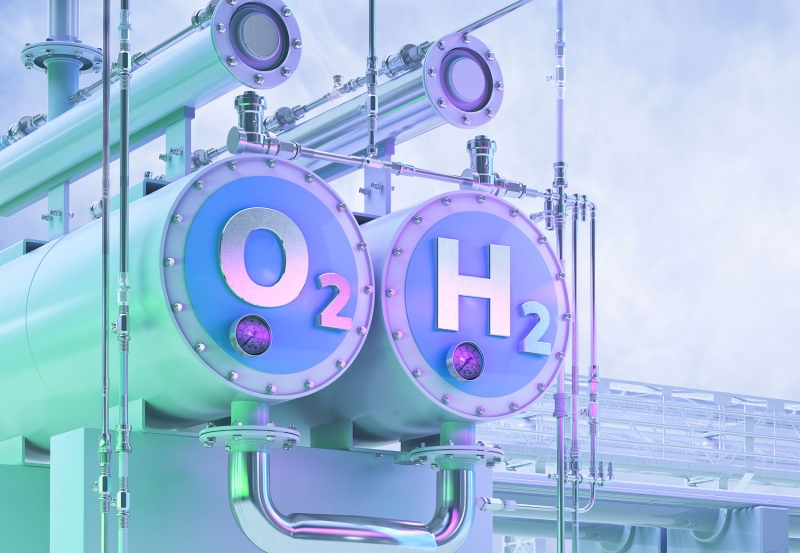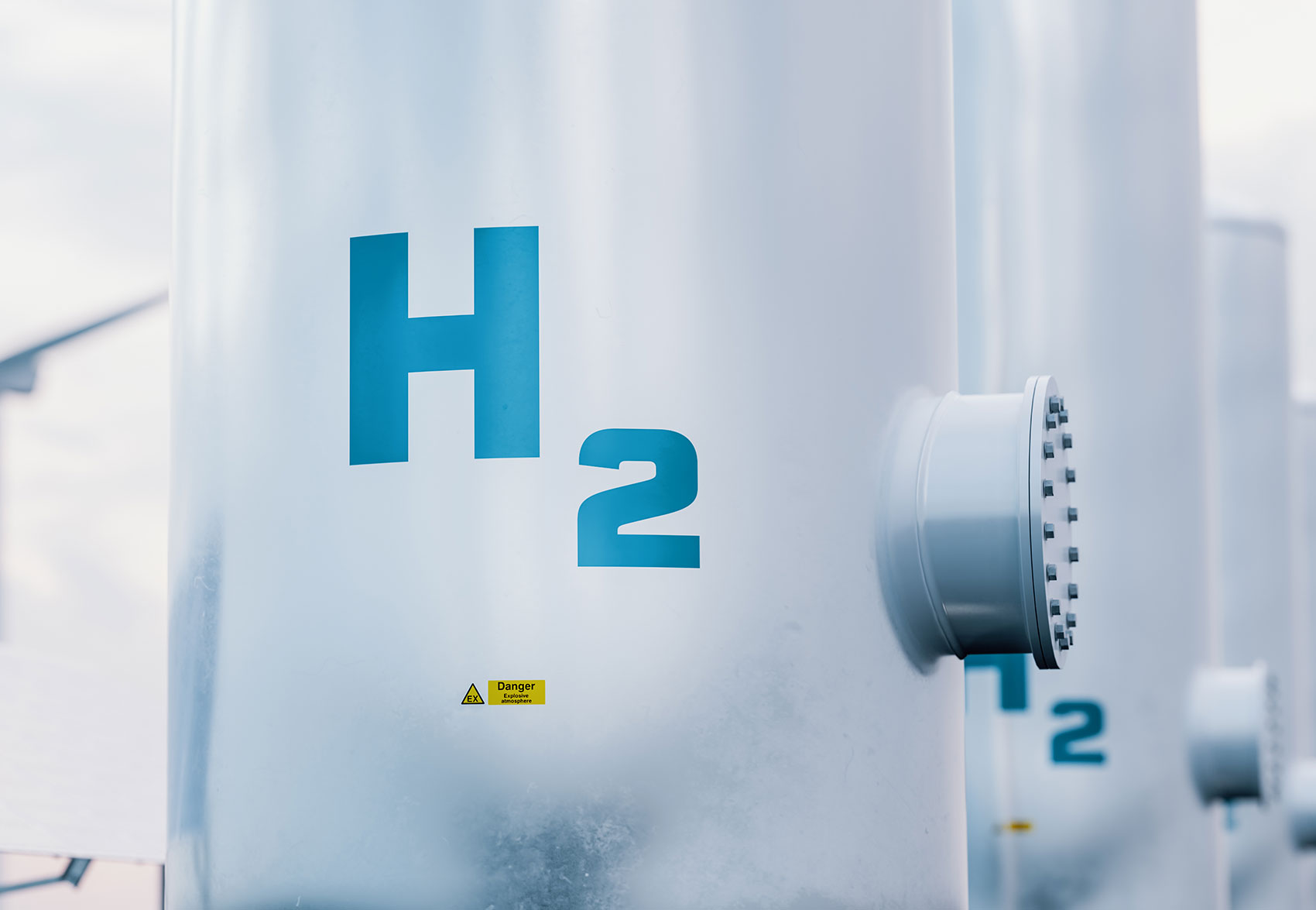
Evaluating the next generation of power sources for our planet
It is profound that the simplest element on earth could lead to sustaining life on this planet for future generations. At Page, we are researching how renewable hydrogen can be used responsibly to cost-effectively replace or support traditional power for large, complex facilities ranging from universities to hospitals to residential highrises and more. One of the six pillars we follow in our pursuit of design that makes lives better is environmental responsibility. We have pledged to consider the impact of buildings on our environment and take responsibility for lessening it through regenerative thinking, processes, and solutions.
Scientific studies confirm that while gashouse power sources make lives easier, their emissions are also creating unintended consequences that can approach catastrophic proportions1. The U.S. Department of Energy (DoE) has recognized this situation and will distribute over $40 billion dollars2 targeting the reduction of gashouse emissions. A substantial amount of these funds will be dedicated to producing and distributing green hydrogen from several sources, including nuclear power.

Why hydrogen and why now?
Hydrogen has the potential to completely redefine how power is created and used and is being extensively evaluated by governments and the transportation industry (auto, trucking, trains, watercraft, airlines). The DoE has created the “H2@Scale” initiative, which includes the agency’s “Hydrogen Shot” goal of achieving a $1 cost per 1 kilogram of hydrogen in one decade3. An American company is the first to pursue hydrogen production using a zero-carbon process that provides an economical and safe storage, transport, and infrastructure system.

Potential applications for society
Business and residential customers are among the largest potential global beneficiaries of hydrogen power. Electrical systems can be converted to run on hydrogen fuel, reducing the size of the load. Smaller electrical loads consisting primarily of electronics can utilize safer DC-DC voltage fuel cell converters, further reducing operational costs. Appliances currently using natural gas also can be converted to use hydrogen fuel and cars may even follow heavy duty trucks and buses powered by hydrogen fuel.
Vision for the future: universal power
Today, electrical loads consisting primarily of electronics use AC/DC fuel cells. Utilizing hydrogen power sources as envisioned will allow the AC inverter in the fuel cell to be replaced with a DC-DC converter, reducing fuel cell costs. DC voltage “microgrid communities” are predicted to be implemented within the next couple of decades to provide backups for hydrogen-based primary energy sources.

What does the future hold for hydrogen?
Various hydrogen generation technologies are being researched and tested to identify consistent, safe, and economical applications for energy. The industry predicts by the 2030s, hydrogen power plants will produce uninterruptible, pure hydrogen which can be transported through modified natural gas pipelines to business and residential customers. Once onsite, fuel cells will utilize the hydrogen to generate electricity. Multiple companies are currently preparing to enter the hydrogen production niche and an organization that can produce a consistent and reliable source of hydrogen has the potential to become one of the world’s largest companies.

Types of hydrogen production being evaluated
To help Page and others in the architecture and engineering industries best explore how to design power system conversions or systems for new facilities for maximum user benefit with minimum environmental impact, the firm is exploring new ideas, tracking legislative progress and evaluating implemented systems. A critical element of determining best-fit systems is understanding how they work:
- Steam-methane reforming is currently the most popular process for creating hydrogen.
- Electrolysis is becoming a highly recognized method of production with potential for lowered costs.
- Thermochemical water splitting processes are becoming popular for long-term hydrogen production.
- Photoelectrochemical water splitting is a relatively new process that shows promise.
- Photobiological processes are another potential long-term solution but are in the beginning stages of research.
To learn more about how hydrogen is relevant to the architecture and engineering industry, please contact Page for a summary of the white paper written by Dave Weatherly, Page Engineering Director.
Footnotes
1https://www.unep.org/resources/emissions-gap-report-2022
2https://repeatproject.org/docs/REPEAT_IRA_Prelminary_Report_2022-08-04.pdf
3https://www.energy.gov/eere/fuelcells/hydrogen-shot
About Dave Weatherly
After four decades in the engineering profession, Dave has developed a research-oriented approach to creating design that makes lives better. By using his strengths of creativity and innovation, he is able to work across all the firm’s market sectors and practice areas to produce customer-centric, efficient, and sustainable designs that meet and exceed client expectations. He engages the client to become involved in the design utilizing new and emerging technologies that generate savings and creates value for their business.

